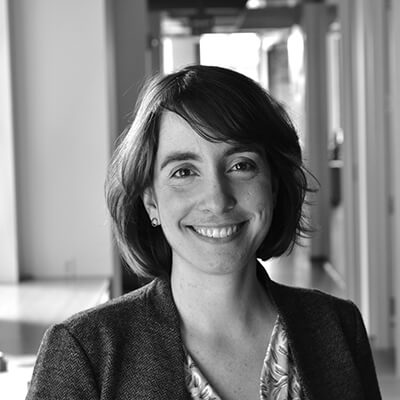At my first meeting as a member of the AIA’s International Practice Committee Advisory Group (IPCAG), I came away with an interesting challenge to my initial impression of the role of the AIA has to play in supporting architects practicing globally. Prior to becoming involved in the IPCAG, my understanding of international practice was biased toward architects who are like me: U.S. based architects who are working on international projects. Much of our discussion at the advisory group committee meeting, however, centered on how to support a greater variety of architects who are part of the AIA and involved in international practice.
1. Architects who live and work from U.S. based firms who work on projects that are located abroad.
2. Architects who are licensed in the U.S., but who live and work abroad, both for U.S. based and international firms. This constituency also includes U.S. educated designers who are living and working abroad but would like to obtain their license in the U.S.
3. Foreign-born and/or foreign-educated architects who are living and working in the U.S., whether on domestic or international projects.
4. Architects, who were educated, live and practice in the U.S., and who are interested in expanding their practice into international projects

In many ways, the goal of the International Practice Committee is to mine the expertise of Architects 1, 2, and 3 to support Architect 4 in expanding into global practice. From that perspective, there is a synergy between all of the categories of international practice outline here and how we can share knowledge and develop relevant resources for all architects currently practicing or interested in practicing globally.
Simultaneously, the AIA needs to support members who live and work abroad with their continuing education requirements, like those who are already licensed or associate AIA members who live and work abroad but are pursuing US licensure. Interest in continuing education topics for Architect 2 certainly has parallels to the continuing education that would interest Architect 1, but access to continuing education materials and the importance available electronically resources is paramount to how the International Practice Committee can serve both constituencies.
Architects 1, 2 and 3 have an increasingly interesting role to play in sharing expertise with Architect 4, not only in regards to expanding practice into global markets. As foreign-based developers and clients begin to expand into US markets, Architects 1, 2 and 3 have expertise and established relationships that they can share with Architect 4 on new U.S. based, globally led projects.
Architecture is an inherently global profession from the perspective that people everywhere have need for the built environment and have, at the very least, some basic experience with shelter and inhabiting space. The AIA has a long history dating back to the late nineteenth century of supporting architects who are connected with global markets and practice internationally, in all of the permutations of that practice. The world is continuing to become more connected on a global scale and I am excited to be a part of shaping how the AIA’s resources will evolve to support all architects involved in all facets of international practice.


